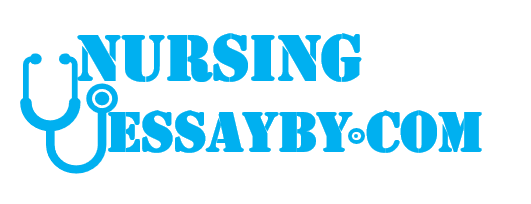Target:
•
Apply epidemiologic concepts and theory to health care planning, directing, controlling,
organizing and staffing, and financial management
Timberline Health, an integrated delivery system serving residents in five counties in eastern
Washington, is considering new opportunities to increase community awareness of the
organization’s outpatient health services. As the new business development manager of
hearing health services, Jack Andrews is responsible for evaluating the feasibility of
marketing activities for the hearing service line and must allocate resources to promotional
activities that forecast positive return on investment. One option under consideration is to
sponsor the health and wellness pavilion at the Spokane County Fair. Research from
comparable markets has shown that wellness fairs are not only effective at educating
communities about potential risk factors for health problems, including hearing loss but also
increasing consumer awareness of new or existing health services provided by local health
organizations. These activities are essential to Timberline Health’s mission within the
community.
Since little is known about the hearing status of residents in the market area, Jack enlists the
services of his organization’s epidemiologist, Dr. Ruth Litchfield, to help him evaluate the
potential return on investment for this marketing campaign. Dr. Litchfield incorporates
several factors into her analysis. She reviews public health data on hearing loss, occupational
and age distribution data for local residents, as well as a query of Timberline Health’s patient
databases. Based on this research, she estimates the prevalence of hearing loss in the five county service area at 18 percent, slightly higher than the national average (N IH, 2010). Jack
receives information from the fair’s sales and marketing department to help in his
calculations. Specifically, sponsorship consists of an investment of $50,000 for the design and
production of promotional materials and rental of pavilion space for the duration of the twelve
day fair. Data from the previous three years shows on average 250,000 people attend the fair,
of which 1% visit the wellness pavilion and participate in health screening services.
If Timberline Health is to offer mobile hearing screening, the organization must invest in new
portable audiology equipment. Jack receives a quotation from his supplier and estimates the
total investment in new audiometers and audiometric booths at $16,000. Timberline Health
will use existing diagnostic equipment to test people who have failed the initial screening (i.e.
test positive for hearing loss), so it is unnecessary to invest in additional equipment for the
hearing centers. Vendor specifications for the screening and diagnostic equipment a re
indicated in Table 1.
Table 1
Vendor equipment specifications
Equipment
Sensitivity Specificit
y
Portable audiology equipment for free screening
88%
95%
Clinic-based audiology equipment for follow-up diagnostic
testing
99%
99%
Furthermore, Jack calculates that he must provide coverage for three 6-hour shifts per day and
each shift must have three audiologists to meet the demand for screening tests. He anticipates
hiring nine people to provide coverage for the duration of the fair. The hourly rate for
audiologists is
$37.50.
People who fail the initial screening at the fair are referred to an audiologist for a diagnostic
test. Jack assumes in his calculations that all people who are referred for diagnostic testing
follow up with an audiologist in one of Timberline Health’s hearing centers. Initial screening
tests at the fair are free; however, Timberline Health charges $57.00 for a diagnostic hearing
test, which costs the organization $24.00. Using past sales data and industry metrics, Jack
forecasts that of the total number of people diagnosed with hearing loss at hearing centers
only 20% will purchase hearing aids (NIH, 2010). He reviews sales and margin data from the
prior year to identify the product mix for his calculations as indicated in Table 2.
Table 2
Sales and margin data
Hearing Aids
Unit Price
2015 Sales
Margin
Low-end
$1,000
$400,000
24%
Mid-range
$2,500
$1,250,000
46%
Highend
$4,000
$400,000
60%
Reference
National Institutes of Health (NIH) (2010, October 1). Fact Sheet: Hearing aids. Retrieved
from
U.S. Department of Health and Human Services: National Institutes of
Health:https://www.nidcd.nih.gov/health/hearing-aids
Write a Briefing report (no more than 3 pages) meeting the needs of Dr. Litchfield’s
request:
Dr. Litchfield requests your assistance in conducting a needs assessment for hearing services
in the five-county service area. Consider the following in your assessment:
1. Population demographics play a determining role in the types of health services needed by
communities. What demographic data may be important in determining the need for hearing
services? (the National Institute on Deafness and Other Communication Disorders is a good
resource)
2. Timberline Health has a robust electronic health record with strong data analytic
capabilities. How might this data be analyzed to evaluate the need for hearing services in the
community?
3. Timberline Health provides a wide array of health services to patients in the community.
Design a screening questionnaire (as an attachment to the report) for use in primary care
clinics to help identify community need for hearing services (no more than 5-10
questions using Six Steps Creating Effective Questionnaire).
4. What other factors may influence the need for hearing services in the community?
**When appropriate, refer to credible resources following APA format

